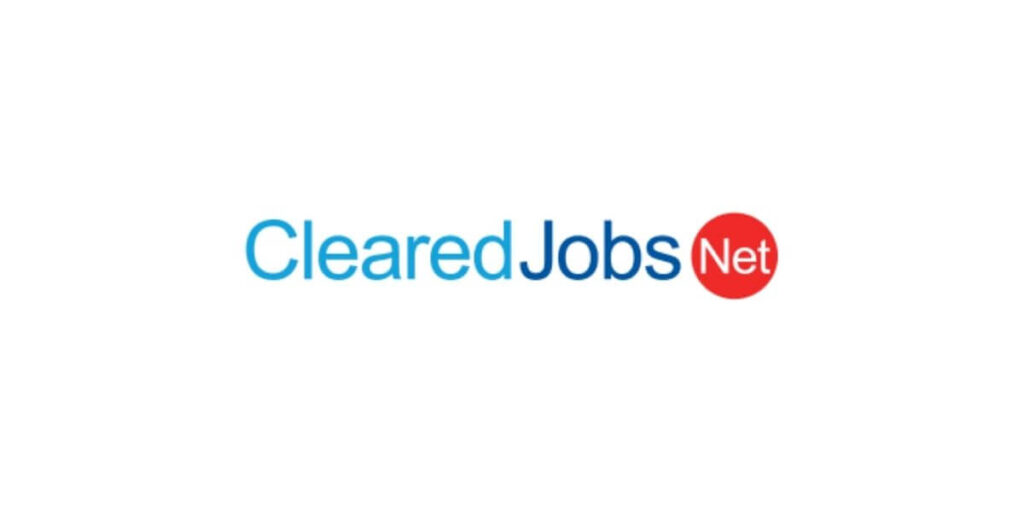
How does continuous monitoring impact cleared professionals and self-reporting?
The big difference is, under the periodic reinvestigations, individuals knew how long they had between investigations. So if you have a secret clearance, you’re usually good for 10 years before you get reinvestigated, and a top secret is five years, etc. What’s changed with the new continuous evaluations, or continuous monitoring, is that individuals are being pulled back in for reinvestigations much earlier, because some type of flag was raised.
Most commonly we see financial considerations and criminal conduct – things that can be caught through continuously monitoring individuals that hold security clearances. So when that happens, an individual might get interrogatories, and they might have to answer questions about something that came up. Or they might just get a Statement of Reasons (SOR) and have to do a response to an SOR.
And usually, along with whatever guideline the investigator thinks was violated, they’ll additionally get hit with guideline E for personal conduct, for not reporting the information. It really makes it necessary for individuals to proactively self-report any potential guideline violations instead of just waiting the five or 10 years, which is what used to happen a lot.